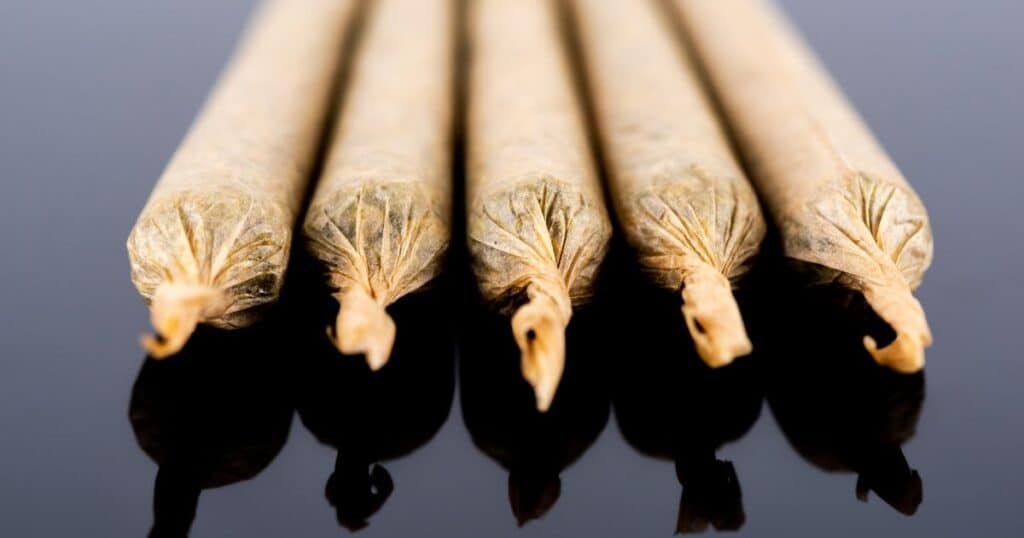The debate over marijuana legalization often focuses on its effect on teenagers, with opponents concerned about the risk of increased substance use and supporters highlighting the advantages of regulation for public health and safety.
Amid these differing views, new studies provide clear insights. Research, such as a recent study in JAMA Psychiatry, shows that legalization does not lead to higher rates of usage among young people, challenging long-standing beliefs.

The march toward marijuana legalization has been steadily advancing across the United States over the past few decades. From the states of Colorado and Washington to first legalize adult-use cannabis in 2012 to the most recent adopters, the green movement has made its way through legislative bodies and public votes, changing the legal framework for cannabis users.
However, the potential rise in youth usage continues to be a common concern, often mentioned by many opposed to it. This issue has become a significant area of debate in opinions and public policy, with these worries frequently cited in arguments against legalization.
Data as the Dispeller
A recently published study covering the timespan of 28 years—1993 to 2021—analyzed by researchers from Montana State University and San Diego State University, involving responses from over 207,781 high-school students, debunked the myth. The study found no evidence that marijuana legalization, nor the commencement of retail cannabis sales, was associated with increased marijuana use among adolescents.
The same study, published in JAMA Psychiatry, examined state-level marijuana legalization laws and their relationship with youth marijuana use. Employing data from the Youth Risk Behavior Survey (YRBS), a comprehensive gauge of high-school students’ health activities, the investigation found no direct correlation between shifts in marijuana policy and trends in teen consumption.
Compliance check data from legal marijuana states also complements these findings. Not only did licensed cannabis retailers show a commitment to regulatory boundaries, but the percentage of high schoolers reporting marijuana use has actually decreased by 30% over the past decade, per data from the Centers for Disease Control and Prevention.
Not Just One Example
Further adding to the discussion, a study funded by the federal government and conducted by the University of Nevada, the University of New Mexico, and the New Mexico Department of Health has provided some interesting findings.
This study looked into data from surveys conducted by the state in 2017 and 2019, with a focus on marijuana use among middle school students, a group often discussed in debates over the societal impacts of legalizing cannabis.
Nevada legalized marijuana sales for adult use in 2017, providing an ideal case study to observe the direct impacts of such laws. In contrast, New Mexico, which only allowed marijuana for medical use at the time, served as a comparison.
Although young people in both states reported a slight increase in marijuana use, an increase aligning with wider trends rather than stemming from specific policy changes, the study showed that Nevada’s legalization and initiation of adult-use cannabis sales did not significantly alter the frequency of young people experimenting with or using marijuana.
The authors stated, “Our findings do not show compelling evidence that implementing adult-use marijuana sales immediately increased lifetime or P30D (past 30-day) marijuana use among middle school youth in Nevada,” further supporting the narrative that legalization does not necessarily lead to increased teen use.

Marijuana Legalization Insights
What do these studies and discussions mean for policy development? They suggest that lawmakers and stakeholders should consider evidence-based marijuana policies that take into account public health outcomes. The situation is always changing, and a flexible, data-informed approach to marijuana legislation could lead to better outcomes and address concerns about underage use.
For those advocating for cannabis reform, these studies provide support. They reinforce the idea that a legal, regulated cannabis market can avoid issues like increased youth use and potential harm to teenagers. With this information, decision-makers are encouraged to develop thoughtful regulations that prioritize the safety and well-being of young people.
















